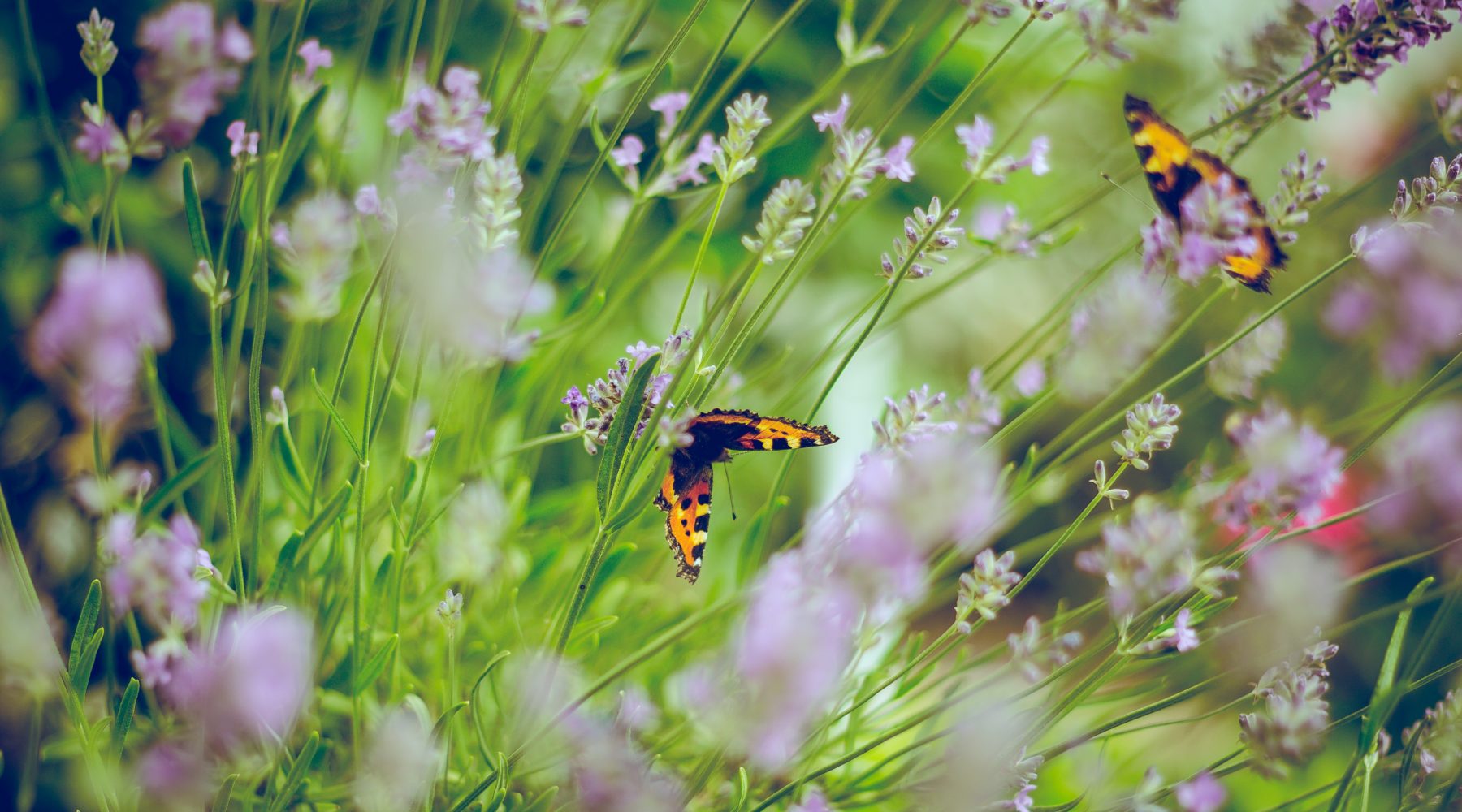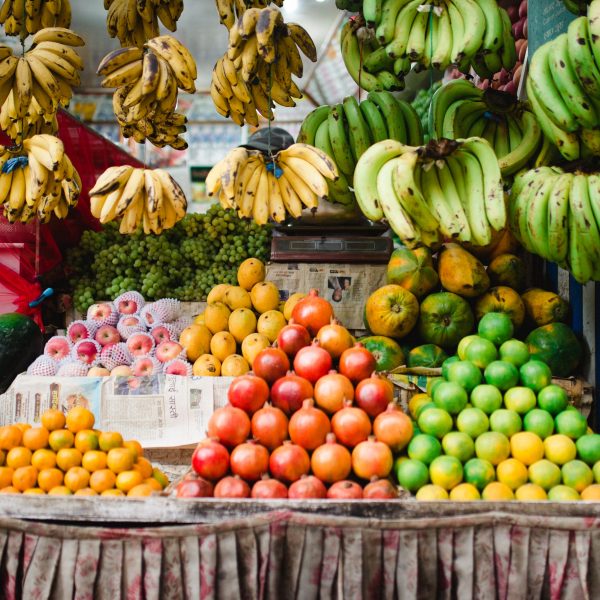Childcare centre contacts Don Burke for expert advice about garden planting

Designing natural outdoor spaces for children to play in and enjoy has some additional challenges when occurring in an early childhood education and care (ECEC) environment. As well as regulatory considerations, approved providers also need to consider the safety and wellbeing of children and educators, and the types of plants best suited to the environmental conditions.
An early childhood education and care (ECEC) professional from New South Wales recently took an innovative approach to solving this issue, and contacted Don Burke, via the Burke’s Backyard website, to ask the following question:
Our childcare centre is looking to make over our outdoor space, particularly our ramp entrance, to make it more pleasant for the children to walk through. We are not sure what kind of trees or plants would be suitable. We would like something that we could train into an arch type walkway if possible.
Don Burke’s response is as follows:
Hi Jacqueline, what about a sensory walkway? The Lemon myrtle (Backhousia citriodora) smells of lemon when the leaves are ‘scrinched’ [sic] by kids. It is a small tree growing to 7 metres or so.There is also a liquorice-smelling myrtle – the aniseed myrtle (Backhousia anisata) – which smells of liquorice when the leaves are scrinched. It also grows around 7 etres. Both trees are types of Australian lillypilly and are not allergenic or poisonous – in fact both are edible and are used in cooking. Planted either side of the walkway, both could be pruned to create a tunnel effect. you would need to find a good native nursery that stocks them. Elsewhere you could plant the ground cover peppermint geranium (pelargonium) which smells more like peppermint than true peppermint does. It too is edible and non-allergenic. Don
Gardening with children is a popular way for services to increase the environmental knowledge of children, to involve them in food preparation in a meaningful way, and to ensure they are meeting National Quality Standard (NQS) 3.2.1 and 3.2.3.
The thoughtful design of natural, outdoor ECEC spaces is also an integral part of meeting National Quality Standard 3.2.1 and 3.2.3, with ACECQA offering the following guidance:
The NQS assesses physical environment quality to measure and report on safety, suitability and whether the service environment offers children a rich and diverse range of experiences that promote their learning and development.
The way educators design, equip and organise the environment significantly influences children’s interaction with the space and resources. High quality environments promote children’s engagement, level of positive experience and inclusive relationships.
Physical learning environments should include both indoor and outdoor learning spaces that have positive attributes, such as:
■ flexibility and accessibility
■ a range of developmentally appropriate, open-ended activities and sensory experiences
■ an environment that is sustainable, fit-for-purpose and reflects the diversity of families within the local and broader community.
It is important for urban services, such as those operating in city centres or in high-rise buildings, and family day care residences which do not have outdoor space, to take proactive steps to incorporate the natural environment into their services, and to promote interaction and exploration of the natural world.
For those services with minimal outdoor space, or no access to outdoor environments, ACECQA offers the following:
Some of the ways in which such services and residences may overcome barriers to accessing the natural environment include incorporating natural materials and plants in outdoor and indoor design, having natural materials available for play, enabling children to see outdoors to a natural environment (such as the sky, mountains or water), and taking children on regular excursions to nearby parks, playgrounds, aquariums, animal sanctuaries or botanical gardens.
Having minimal outdoor space to grow plants, keep pets or see and interact with wildlife does not necessarily preclude a service from excelling in Quality Area 3. For more information about applying to use indoor space as outdoor space, see ACECQA, Operational Policy Manual for Regulatory Authorities, p. 81-84.
Safety is also an important consideration in designing a garden environment for children, with a number of resources available to assist services in designing a safe space for children to explore.
KidSafe SA has compiled a list of common plants which are poisonous, can cause an allergic reaction, or are dangerous to children because of sharp spines or prickles. Young children, especially those who are beginning to crawl and walk, are particularly at risk, KidSafe said, because of their desire to explore their world through touch and taste.
Children under the age of 18 months are most at risk of eating plant parts, or touching plants which may cause a reaction. KidSafe SA offers the following precautions as a way to minimise the risk to children:
- Remove known poisonous or dangerous plants, or fence them off.
- Teach children from a young age not to eat anything from plants in the garden.
- Keep the Poisons Information Centre phone number 13 11 26 near your phone, or program it into the phone for speed dialling.
KidSafe NSW has also developed a comprehensive resource to support ECEC professionals to work with children and engage with gardening activities in a safe way. ‘Grow me safely’ is aligned with both the National Quality Framework (NQF) and the NSW primary curriculum, and can be accessed here.
Popular

Economics
Provider
Quality
Workforce
3 Day Guarantee comes into effect: New CCS rules unlock access for families and children
2026-01-05 06:30:55
by Fiona Alston

Workforce
Events News
Practice
Provider
Quality
Research
Mary MacKillop Announced as Finalist for FIA 2026 Best Transformational Gift Award
2026-01-06 06:30:50
by Fiona Alston

Practice
Provider
Quality
Workforce
SOEL celebrates over 50 years as a family-owned business in WA
2026-01-06 08:00:51
by Contributed Content











